Images from the historical walking tour with guide Isobel Durrant highlighting the changes to the areas and the artists such as David Bomberg who have influenced the borough.
All photographs by David Christian.
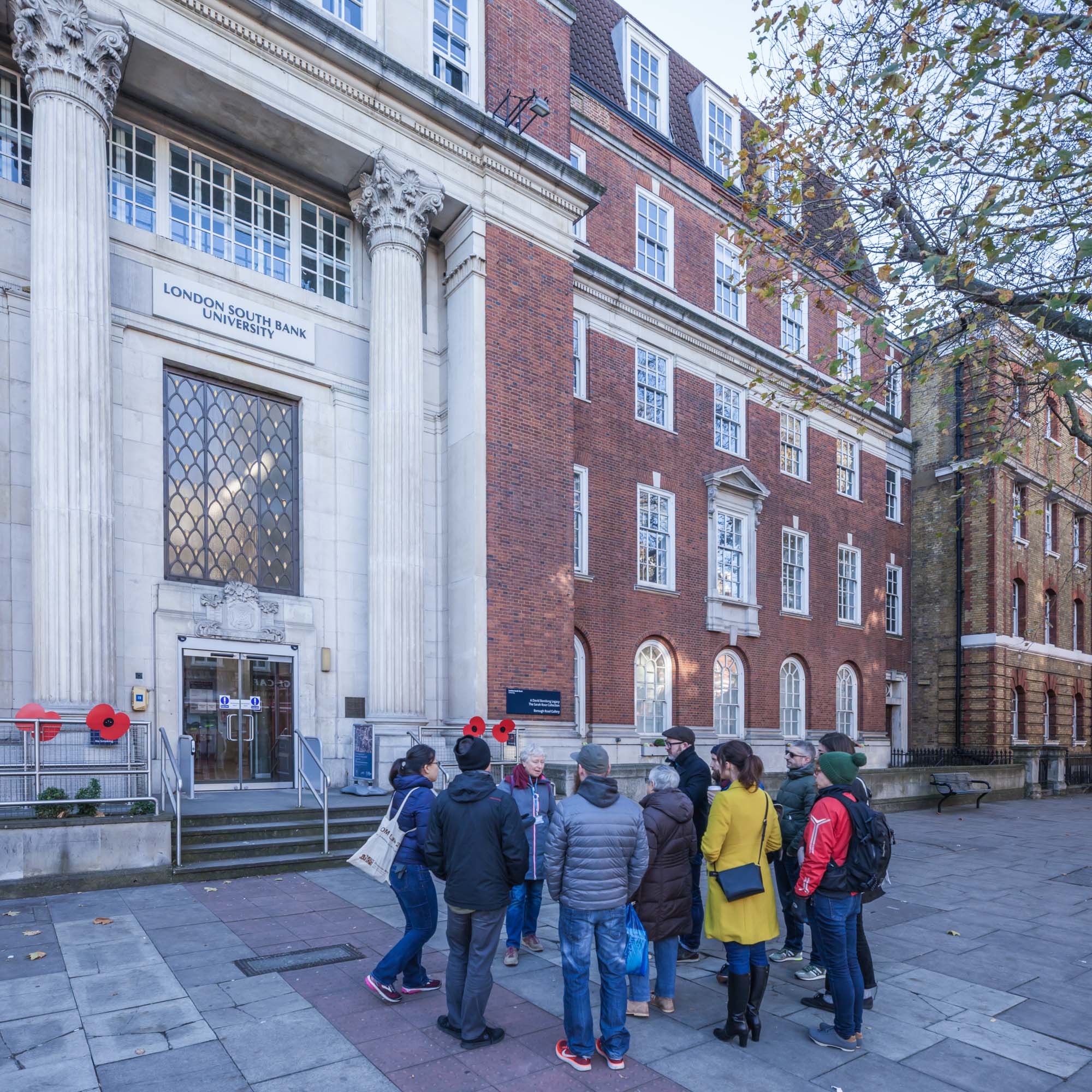
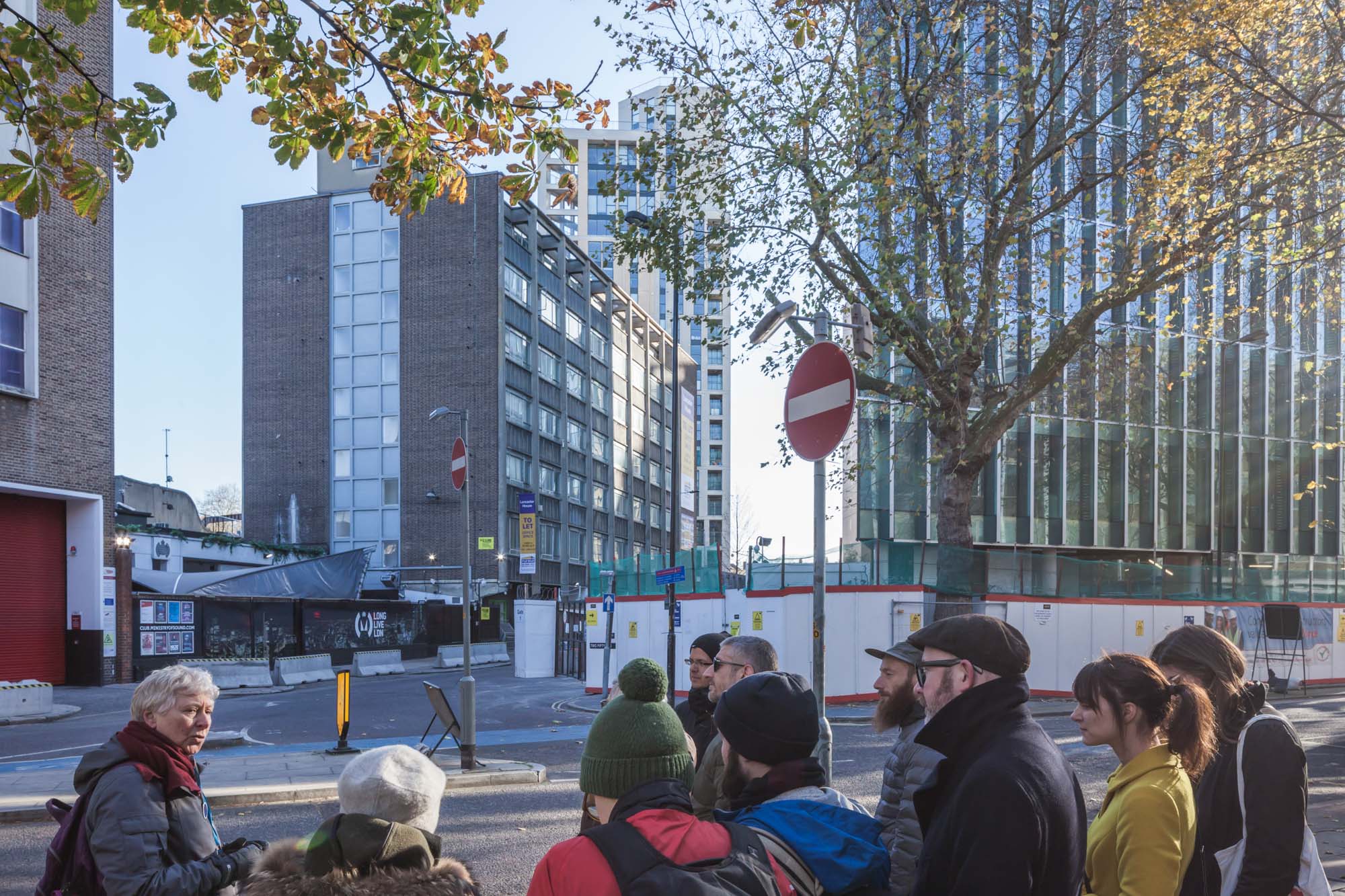
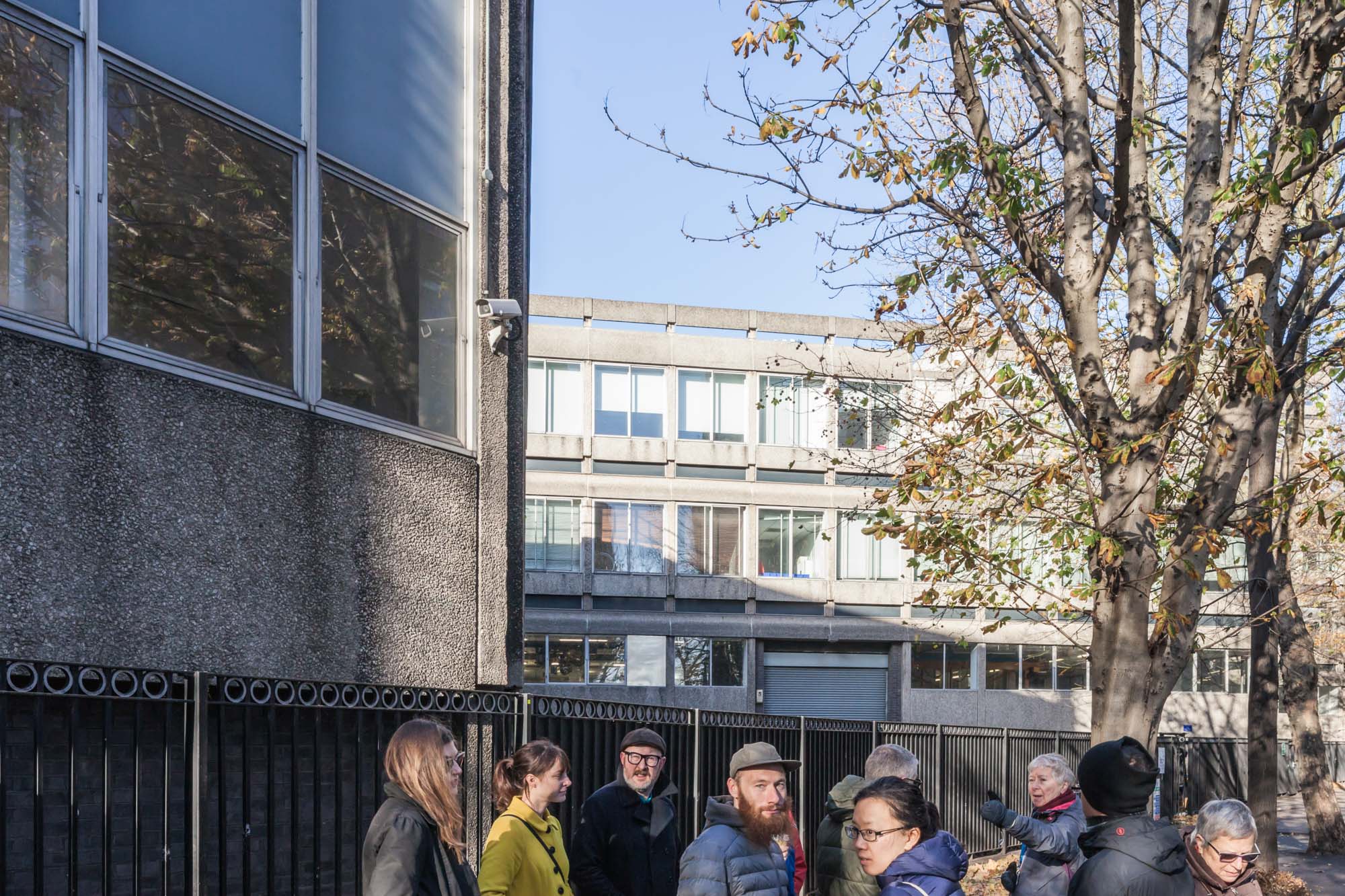
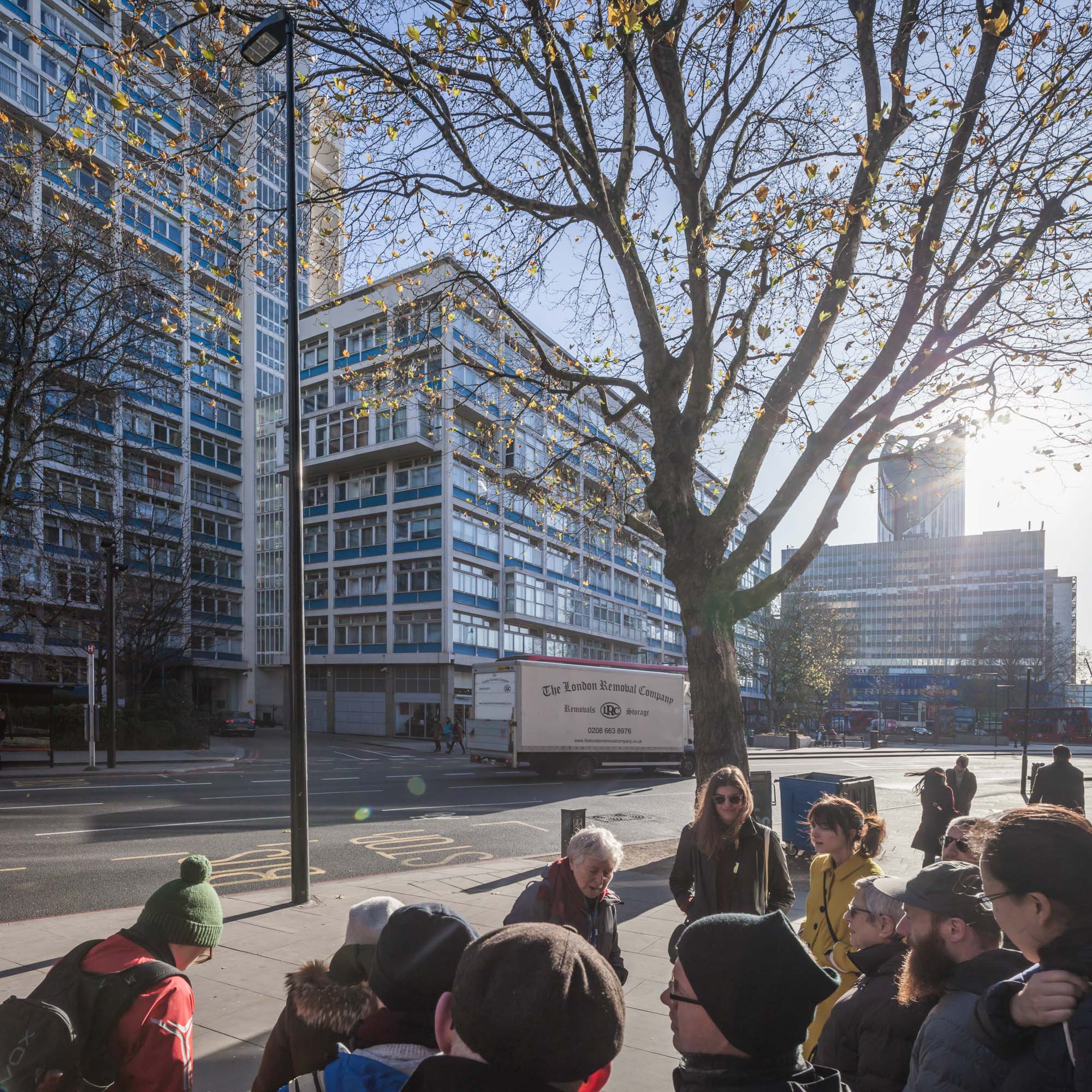

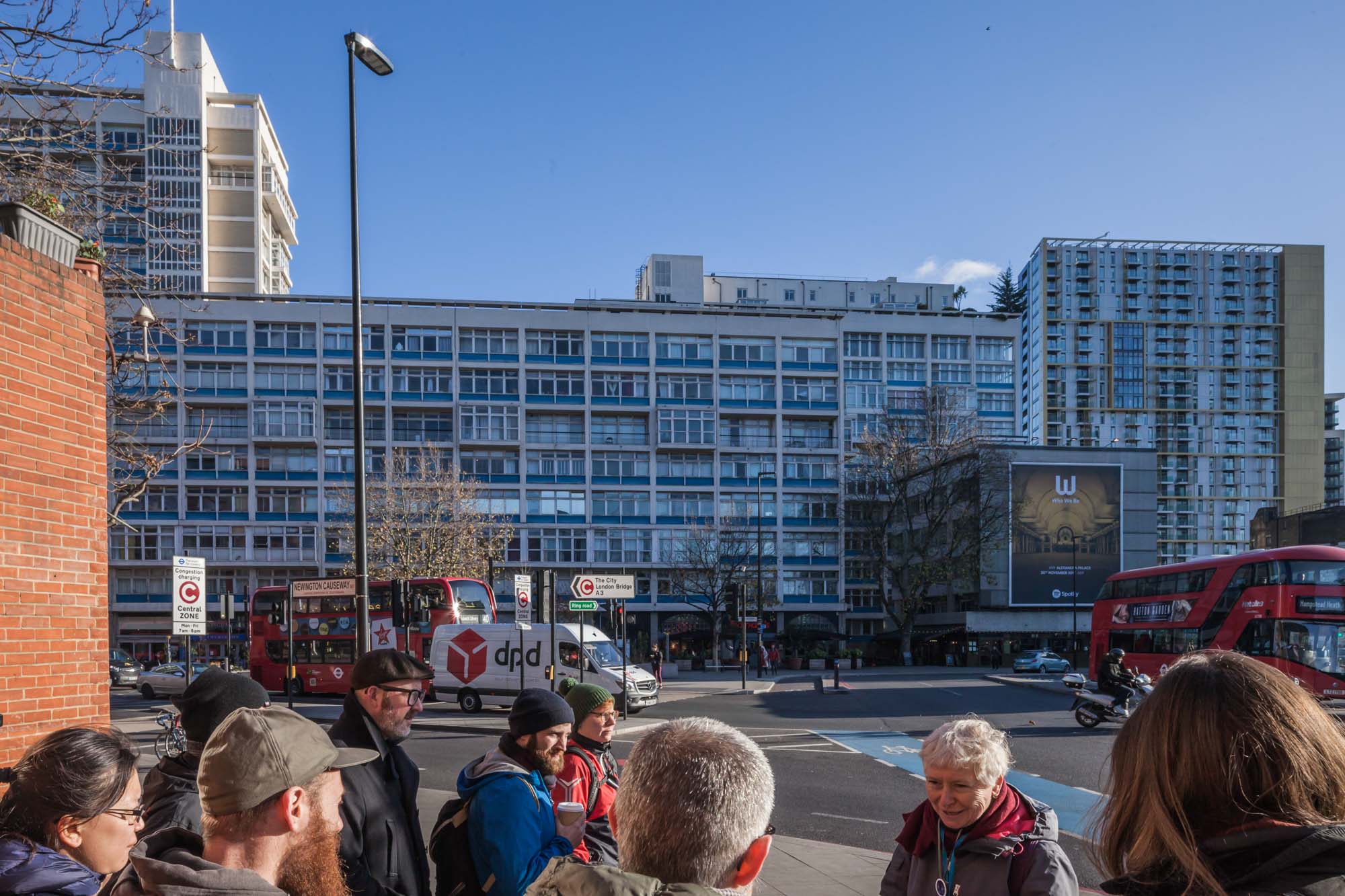
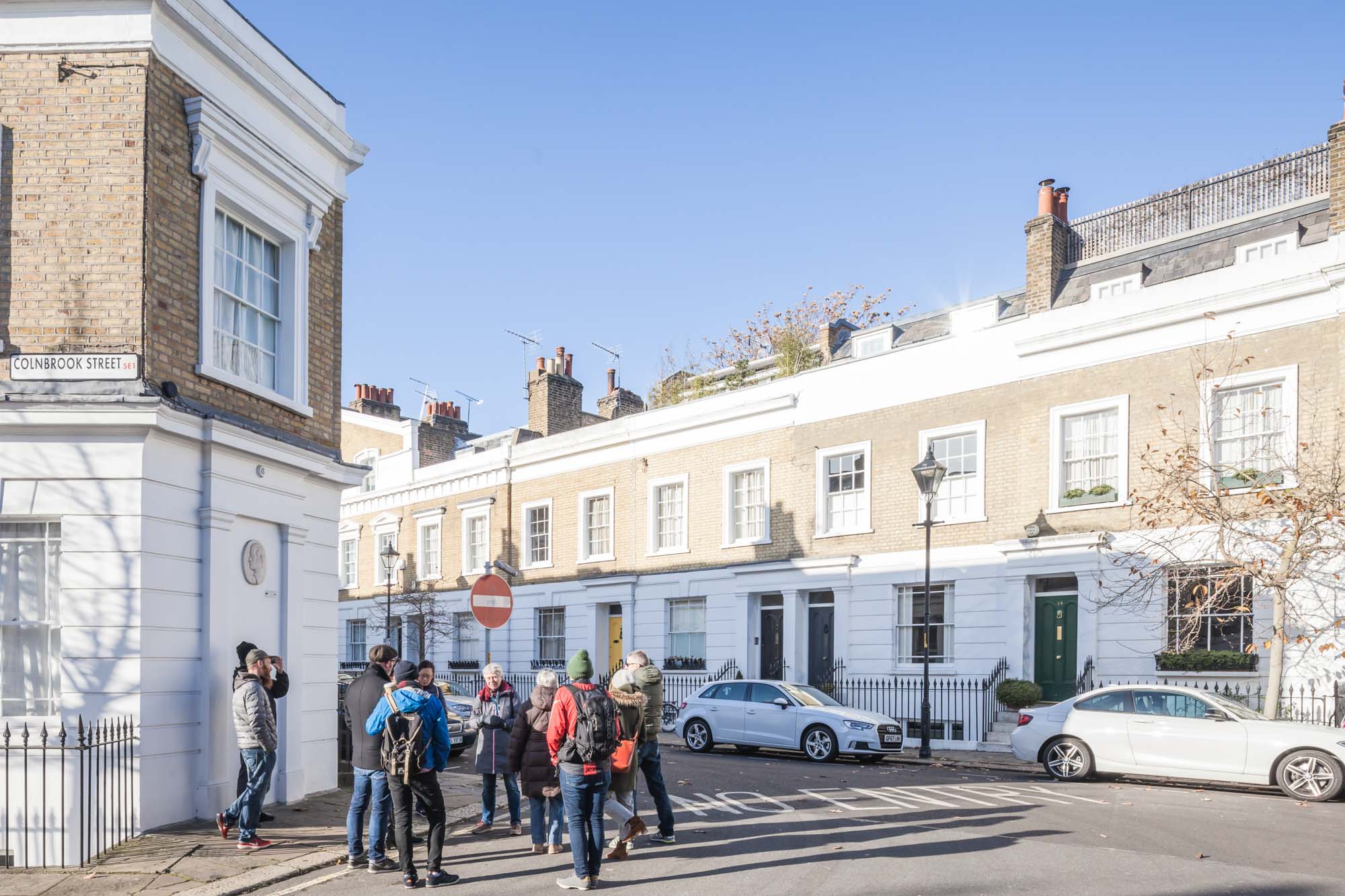

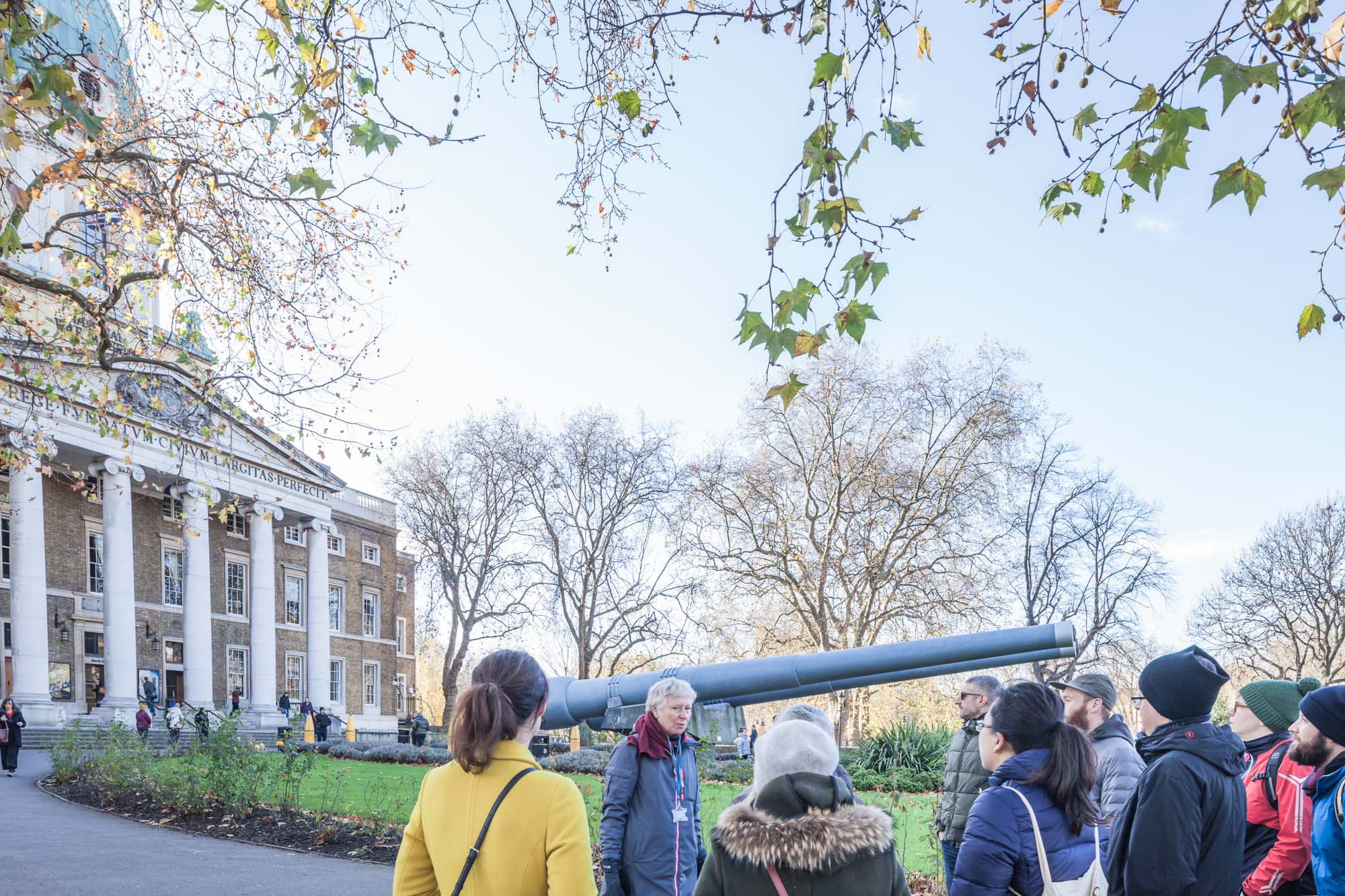
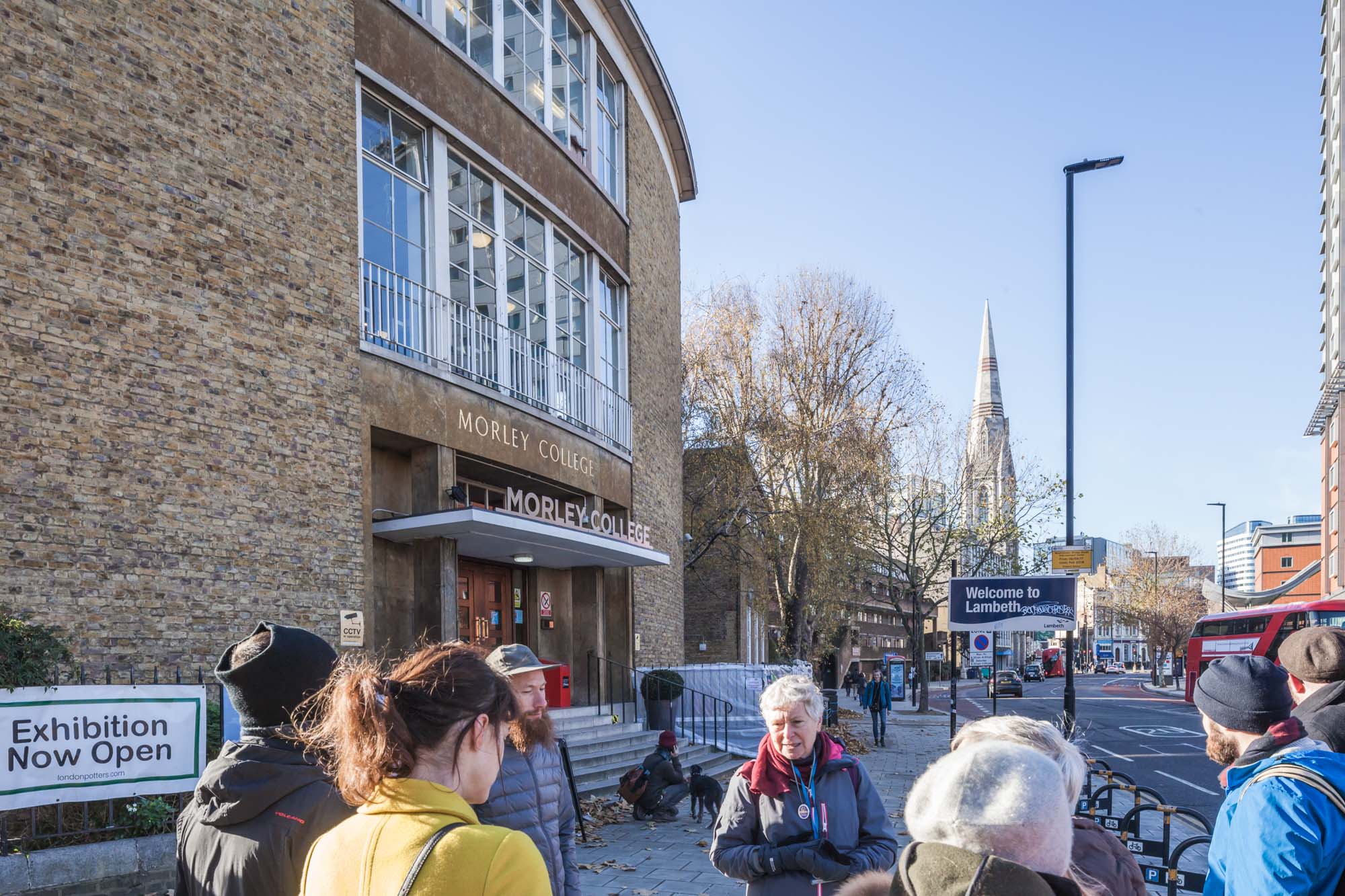
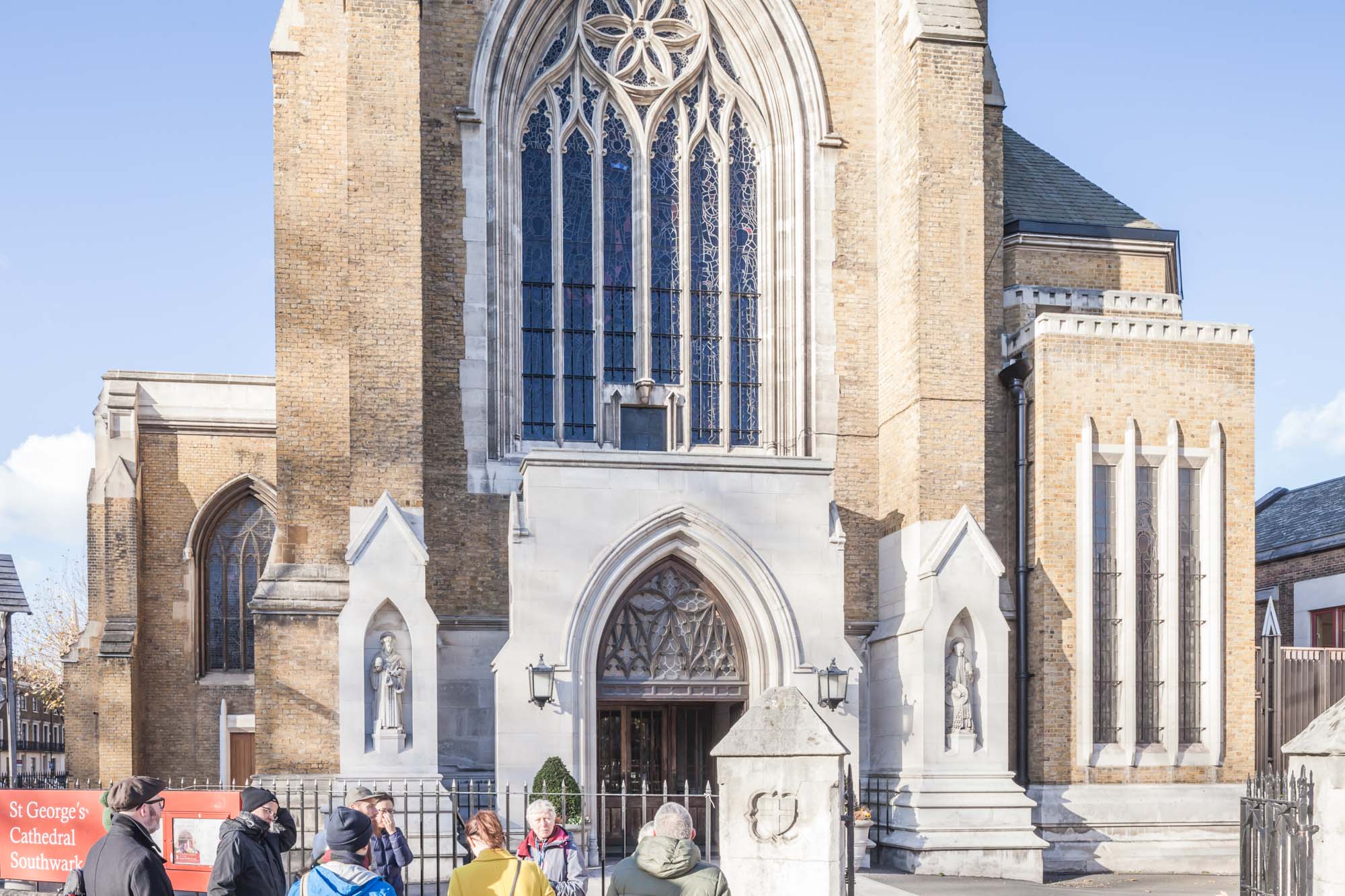
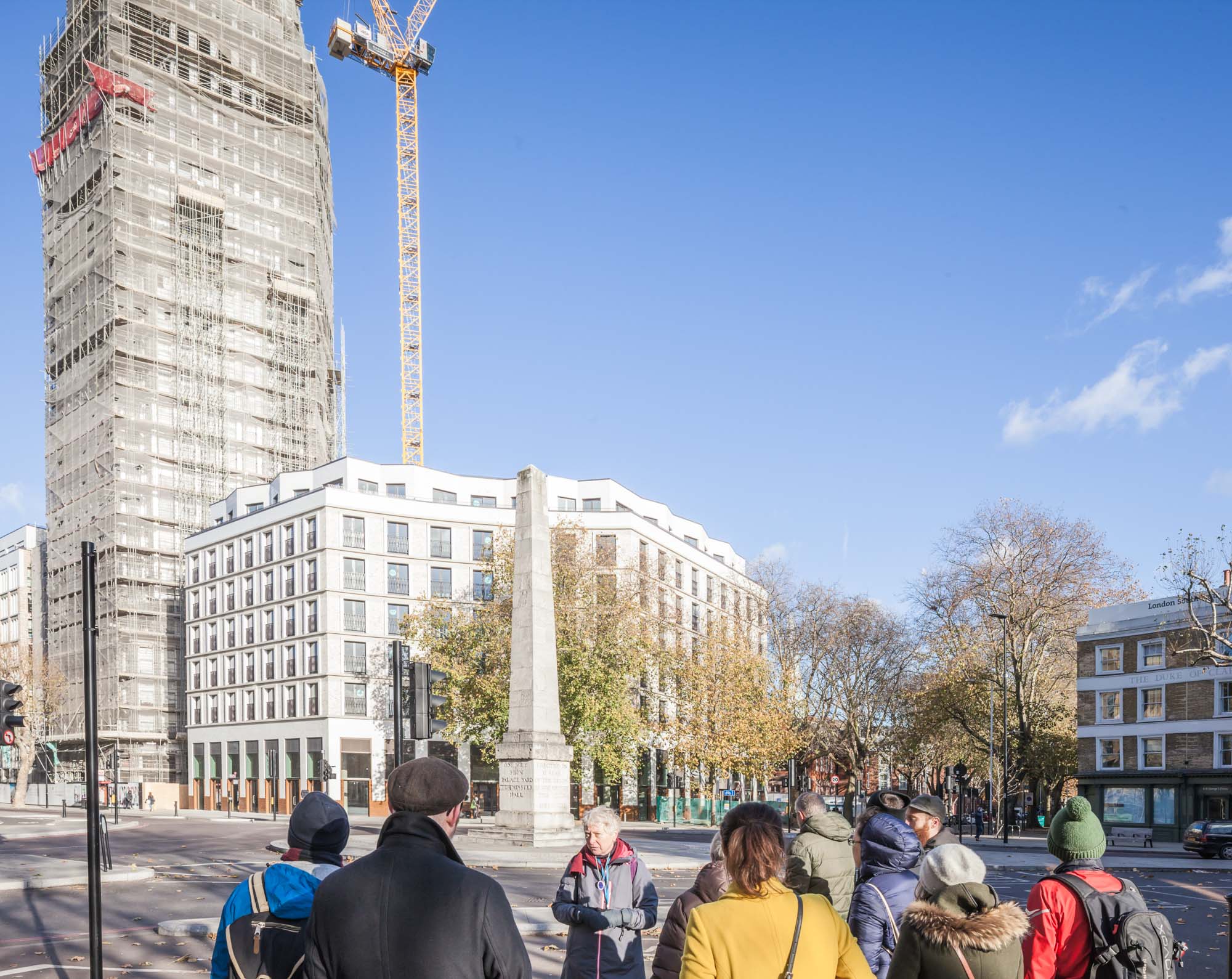
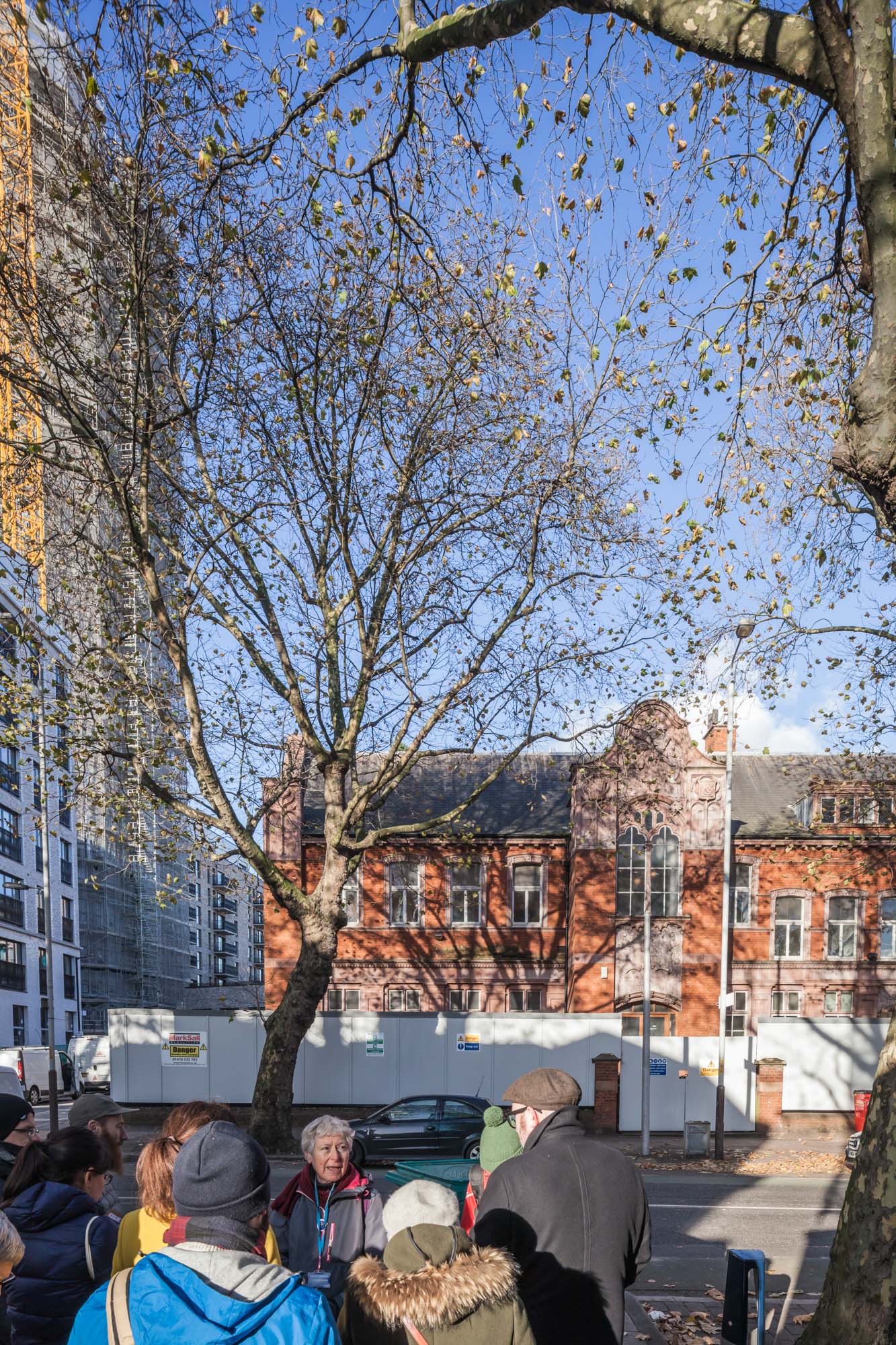
Images from the historical walking tour with guide Isobel Durrant highlighting the changes to the areas and the artists such as David Bomberg who have influenced the borough.
All photographs by David Christian.
Last night at the collaborative exhibition between Southwark and LSBU archives exploring the changes in the borough.
The Borough Group started in 1946 and disbanded in 1951. The idea of the Group arose out of conversations between Cliff Holden and David Bomberg during the years 1944 and 1945.
...Bomberg managed to get part-time teaching jobs at the Borough Polytechnic (now London South Bank University) and at the Bartlett School of Architecture. Mann, Mead, and Holden followed Bomberg to the Borough and joined the architecture students in working from casts in the Victoria and Albert Museum and on outdoor sites in the City of London, such as St. Pauls Cathedral, Westminster Abbey, and sites along the Thames.
...The foundation members of the Borough Group in 1946 were Cliff Holden, Peter Richmond, Dorothy Mead, and Edna Mann. In his capacity as the Master, Bomberg did not want to take an active part in the Group and refused to be a member or to take part in exhibitions, preferring the role of teacher and mentor.
Holden's purpose was to establish a closely integrated Group to work out the ideas that neither Bomberg himself, nor any single artist, could hope to realize in a single lifetime. The Group would provide a platform for furthering these ideas, making them accessible to the public, and, at the same time, it would be a vehicle for establishing Bomberg's students as professionals. To this end, both Holden and Mead recruited students from establishment schools and from the pubs of Soho. Of the founding members, Holden was the most active in conceiving and fostering the Group; in trying to arrange exhibitions, working out a policy and strategy, and writing the first of several manifestos. It was for the above reasons that Bomberg proposed Holden as the Group's first President and this was unanimously adopted.
Incidentally, since Bomberg's death, these manifestos have been attributed to Bomberg but, in fact, they were written by Holden and then revised and edited by Bomberg and the whole Group. For proof, apart from Holden's documentation, it is only necessary to compare the style of writing of these manifestos with the published Bomberg Papers.
Following criticism from inside and outside the Group, Holden resigned as president and invited Bomberg to take over that responsibility. At this meeting, the minutes of all previous meetings were mysteriously lost and were never found. The Group was then enlarged to include David Bomberg as President, Lilian Bomberg (Lilian Holt), Cliff Holden, Dorothy Mead, Peter Richmond, Edna Mann, Lesley Marr, Dinora Mendelson, Len Missen, and Dorothy Missen.
The History of the Borough Group, 2004

At the opening for The Working Artist: East London Group at the Nunnery gallery. The exhibition includes artworks by William Coldstream, Elwin Hawthorne, Brynhild Parker, Harold Steggles, Walter Steggles and Albert Turpin.
Working during the inter-war period, the thirty-five members of the East London Group were taught by artists including Walter Sickert. They made and exhibited their paintings alongside their day jobs.

Works by Albert Turpin.
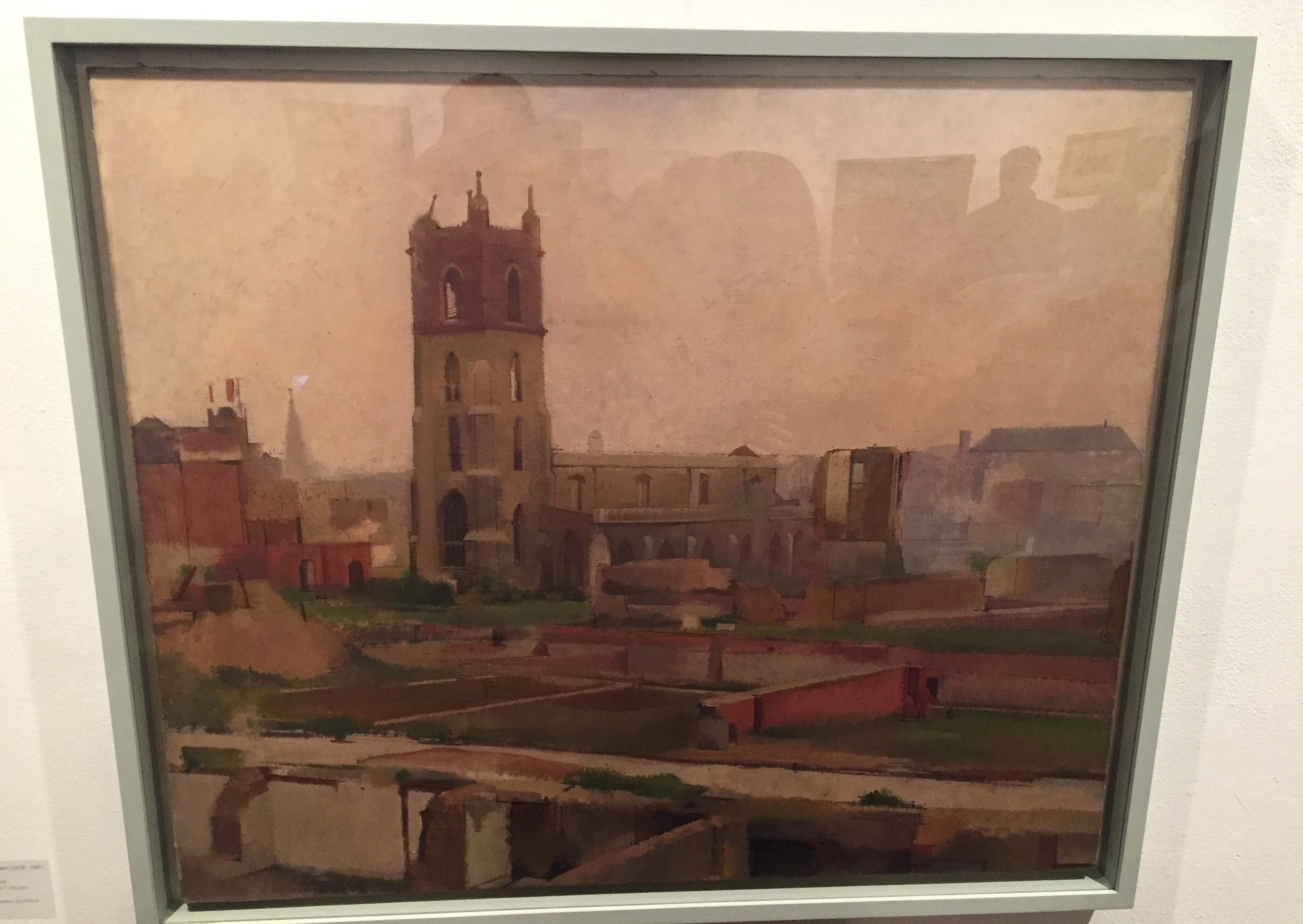
Cripplegate, William Coldstream. Oil on canvas, 1946
Bomberg lived with his family on St Mark’s street in the Tenter Buildings from 1896.
The Bishopsgate Institute has reprinted copies of Charles Booth’s Descriptive Maps of London Poverty from 1889 and are an early representation of social cartography. Each street in London is colour coded to describe the income and social class of its citizens.
Black: The lowest class, Vicious, semi-criminal
Dark Blue: Very poor, casual. Chronic want
Light Blue: Poor, 19 to 21s. A week for a moderate family
Purple: Mixed, some comfortable others poor
Pink: Working class comfort, Red well-to-do (one to two servants)
Yellow: Wealthy (three or more servants).
St. Marks street was largely classified as Pink - working class with some Purple areas adjacent indicating that Bomberg grew up in a mixed to working class area.

David Bomberg wrote in the 1914 Chenil Gallery catalog:
'I appeal to the Sense of Form. In some of the work I show in the first room, I completely abandon Naturalism and Tradition. I am searching for an Intenser expression. In other work in this room, where I use naturalistic Form, I have stripped it of all irrelevant matter. I look upon nature, while I live in a steel city. Where decoration happens, it is accidental. My object is the construction of Pure Form. I reject everything in painting that is not Pure Form. I hate the colours of the East, the Modern Mediævalist, and the Fat Man of the Renaissance.'
p.270
Dorothy Mead, [one of the founder members of the Borough Group], later recorded that ‘the Borough Group started in 1946’, and she explained that it was formed ‘to further the aims of David Bomberg and to establish his students as professional painters’. At first, Bomberg preferred to see himself as only teacher and adviser, letting Cliff Holden assume the role of President and refusing to include his own work in the Group’s first exhibition. But Holden emphasized its fundamental indebtedness to Bomberg’s example by explaining afterwards that ‘all of us were dedicated people, who had consciously, not accidentally, sought out Bomberg as the only hope of salvation in British painting at that time.’
p.274/275
In December 1947 several of the painters who had participated in the first Borough Group survey – Holden, Mann, Mead and Richmond – contributed to an exhibition at the Everyman Cinema in Hampstead. But it was not, this time, an official Borough Group event, and the addition of Leslie Marr and Dinora created dissension among the other participants. Lilian, who had exhibited in the first Borough Group show and also displayed her work at the Everyman, found herself in an uncomfortable position. So did Bomberg, torn between loyalty towards his own family and a sincere regard for his other pupils at the Borough. When Holden resigned from the Borough Group’s presidency, Bomberg realised that he should now attempt to heal the wounds by establishing the group with a written constitution and becoming the new President himself.
His intervention was successful. At a meeting in January 1948, a formal list of the Group’s members was drawn up. Apart from Lilian and Dinora, they encompassed Holden, Mann, Marr, Mead, Len and Dorothy Missen and Richmond. They were all happy to stay together now that Bomberg had at last assumed leadership, and within a month Marr invited the Group to show its work on a permanent basis at The Bookworm, his bookshop in Newport Court.